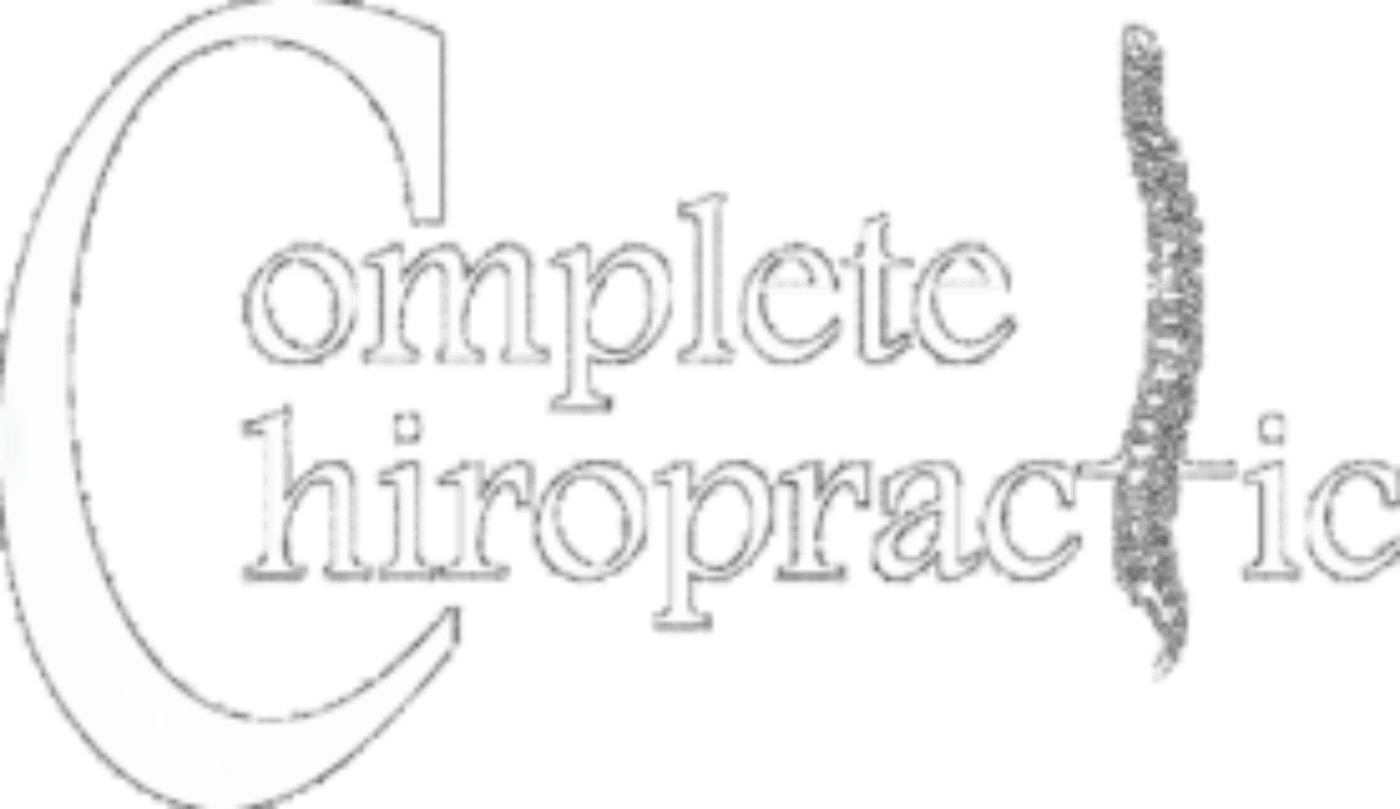A recent research article published in the peer-reviewed journal JMPT, helps show what chiropractors and others have been saying and seeing for years; that both structural changes in one area can effect areas above and below and neurological changes (changes in nerve firing) effects different areas. In this study, patients that had outside elbow pain had a significant decrease in measurable pain to touch with their neck adjusted (cervical manipulation) with also decrease in mid back adjustment (thoracic manipulation) but not as much as the neck. Basic anatomy shows that the nerves sending signals of pain (and others) go into the spinal cord at the cervical region (neck). This study is showing that if there is a restriction at the neck this can effect the nerves entering from the elbow and by removing that restriction (and irritation to the nerve where it enters) that you can have decreased pain at the elbow.
Examination of Motor and Hypoalgesic Effects of Cervical vs Thoracic Spine Manipulation in Patients With Lateral Epicondylalgia: A Clinical Trial
Abstract
Objectives
The purpose of this study was to compare the effects of a cervical vs thoracic spine manipulation on pressure pain threshold (PPT) and pain-free grip strength in patients with lateral epicondylalgia (LE).
Methods
A single-blind randomized clinical trial was completed with 18 participants with LE. Each subject attended 1 experimental session. Participants were randomized to receive either a cervical or thoracic spine manipulation. Pressure pain threshold over the lateral epicondyle of both elbows pain-free grip strength on the affected arm and maximum grip force on the unaffected side were assessed preintervention and 5 minutes postintervention by an examiner blind to group assignment. A 3-way analysis of variance with time and side as within-subject variable and intervention as between-subject variable was used to evaluate changes in PPT and pain-free grip.
Results
The analysis of variance detected a significant interaction between group and time (F = 31.7, P < .000) for PPT levels. Post hoc testing revealed that the cervical spine manipulation produced a greater increase of PPT in both sides compared with thoracic spine manipulation (P < .001). For pain-free grip strength, no interaction between group and time (F = .66, P = .42) existed.
Conclusions
Cervical spine manipulation produced greater changes in PPT than thoracic spine manipulation in patients with LE. No differences between groups were identified for pain-free grip. Future studies with larger sample sizes are required to further examine the effects of manipulation on mechanisms of pain and motor control in upper extremity conditions.
